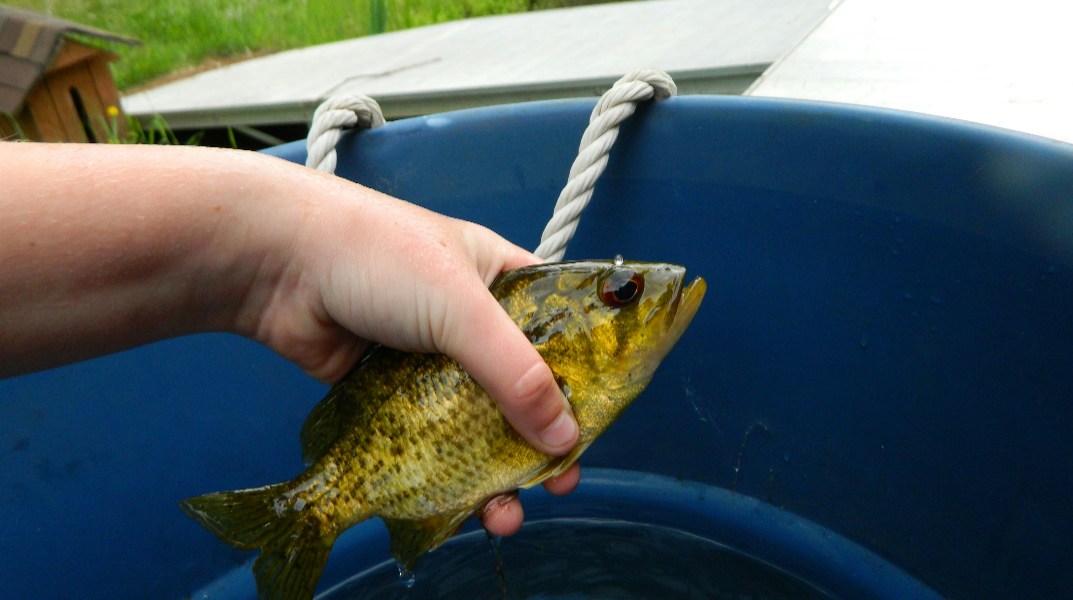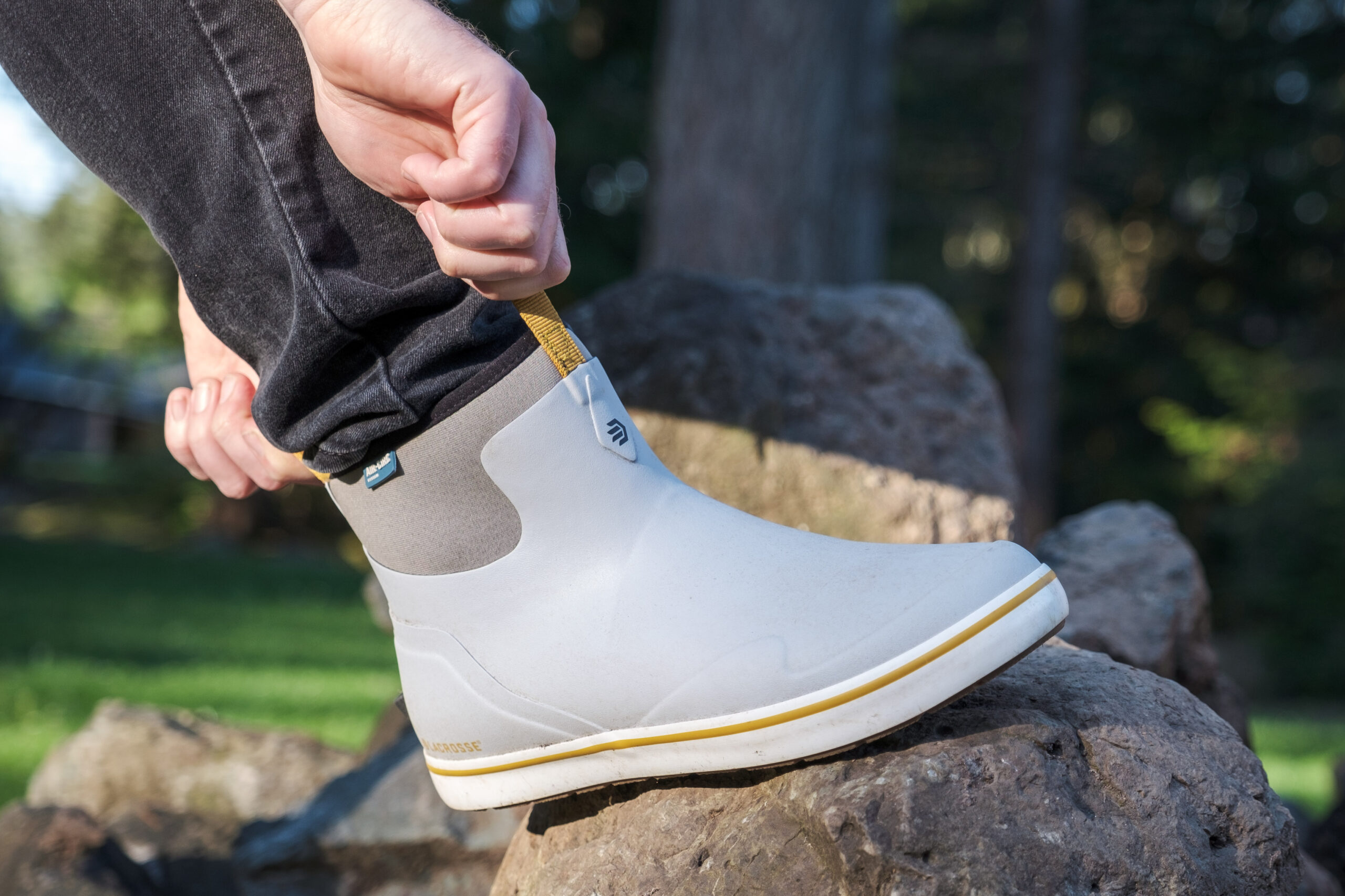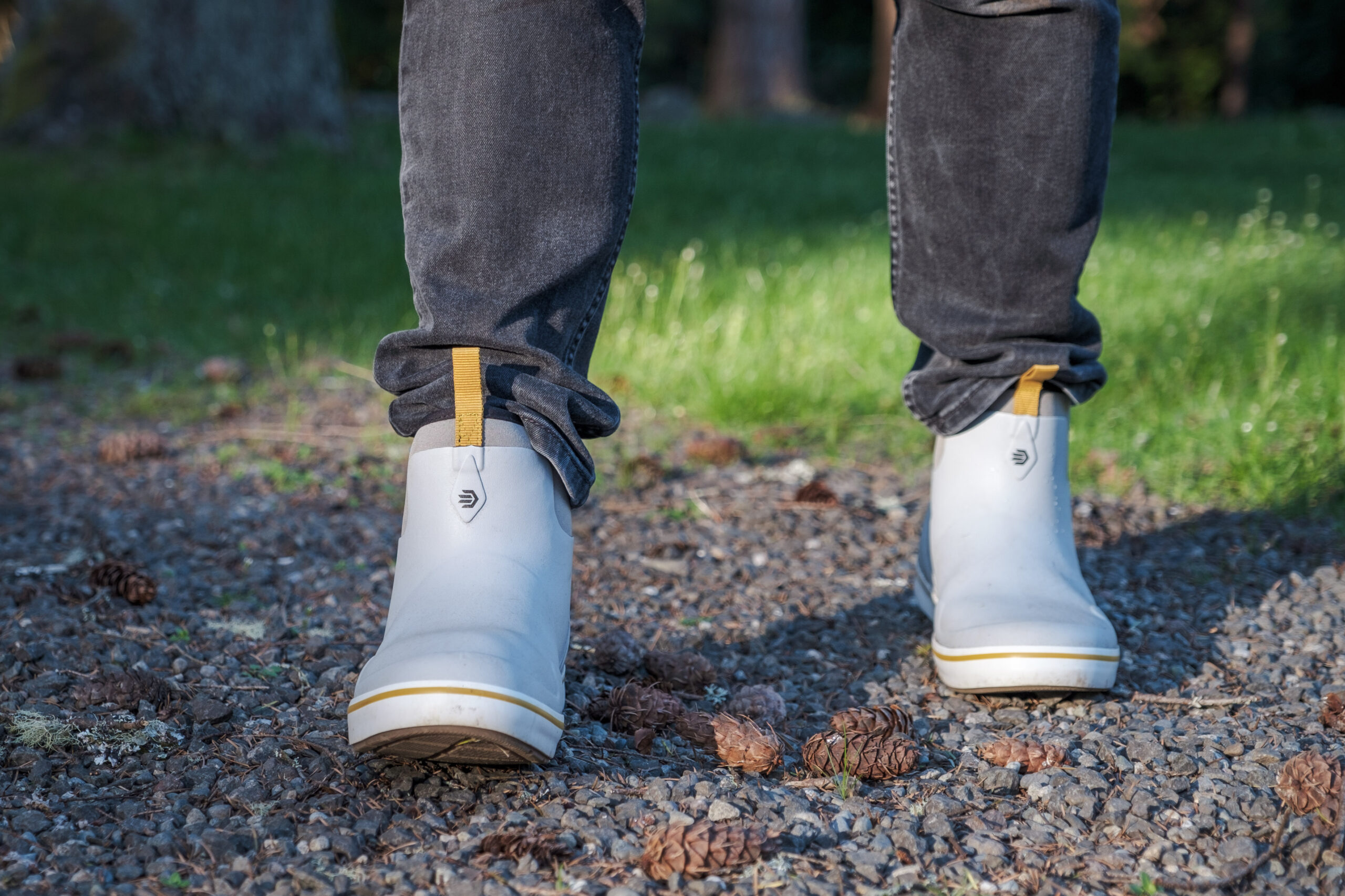When it comes to crappie fishing, many anglers find themselves asking: What’s the difference between white crappie and black crappie? While both are highly sought-after fish in North America, particularly for their delicious taste and challenging catch, there are several distinct characteristics that set these two species apart. Whether you’re a seasoned fisherman or a beginner, understanding these differences can help you identify the species more easily and improve your fishing experience.
In this article, we’ll explore the key distinctions between white crappie and black crappie, including their physical appearance, habitat, behavior, and tips for successful fishing. By the end, you’ll be equipped to tell these two crappie species apart and target them more effectively.
1. Physical Appearance
One of the easiest ways to differentiate between white and black crappie is by examining their physical features. Though they share a similar body shape and structure, each species has distinctive markings and coloration.
White Crappie
- Coloration: White crappie typically have a lighter, more silvery body with a faint greenish or bluish tint, especially on the back.
- Markings: The white crappie’s body is often covered in vertical bars or stripes, which are typically darker in color (usually a grey or dark brown).
- Body Shape: White crappies have a deeper, more compressed body, giving them a stockier appearance.
Black Crappie
- Coloration: Black crappie have darker bodies, often olive-green to dark gray, with a more vibrant, almost iridescent sheen on their scales.
- Markings: Their signature feature is the random, irregular black spots that appear all over their body, which can look like a speckled pattern.
- Body Shape: Black crappies tend to have a thinner, more elongated body shape compared to the white crappie.
In summary, white crappie’s vertical bars and stockier body make them stand out from the black crappie, which is more elongated and covered in irregular black spots.
2. Size and Weight
While both species are generally similar in size, there are some noticeable differences in the typical size range between white and black crappies.
White Crappie
- Average Size: White crappie tend to grow larger on average. While their size can vary greatly depending on the location and food availability, it’s not uncommon for a white crappie to reach lengths of 14-16 inches or more.
- Weight: White crappie can also be a bit heavier, with trophy-sized specimens often weighing around 2 pounds.
Black Crappie
- Average Size: Black crappie are typically a bit smaller than their white cousins. The average black crappie is usually around 8-12 inches, though some can grow larger.
- Weight: Black crappie generally max out around 1-1.5 pounds, although trophy specimens can sometimes reach up to 2 pounds.
While both species have the potential to grow large, white crappies are typically the bigger catch overall.
3. Habitat Preferences
White and black crappies may inhabit similar types of waters, but they often prefer different environmental conditions. Understanding these habitat preferences can be key to finding where each species is likely to be found.
White Crappie
- Water Temperature: White crappies tend to prefer warmer, more turbid waters. They are typically found in shallow, slow-moving rivers, reservoirs, and lakes with a lot of submerged vegetation or structures like fallen trees.
- Water Quality: They thrive in muddy or murky water, which gives them an advantage in areas where visibility is low.
Black Crappie
- Water Temperature: Black crappies are more tolerant of cooler, clearer water than white crappies. They are often found in deeper, cooler lakes and reservoirs with clearer water.
- Water Quality: Black crappies tend to favor clear water, where they can hunt for small fish and insects in the aquatic vegetation.
If you are fishing in a lake with clear water, you’re more likely to encounter black crappie, while in murkier, warmer waters, white crappies are more common.
4. Behavior and Feeding Habits
While both species are opportunistic feeders, they do have different feeding habits, which can affect how you fish for them.
White Crappie
- Feeding Behavior: White crappies are more likely to school in large, tight groups, often near the bottom of the lake or river. They tend to be more aggressive hunters and will often go after larger bait.
- Feeding Times: White crappies are more active during daylight hours, particularly in warmer water conditions. They are known to feed more aggressively during the spring spawning season.
Black Crappie
- Feeding Behavior: Black crappies prefer to hunt in deeper waters or near cover like submerged rocks or trees. They are more likely to scatter into smaller schools and often hunt at different depths.
- Feeding Times: Black crappies are more likely to feed during dawn or dusk, when the water is cooler, and the fish are not as exposed.
When targeting black crappie, fishing in deeper water or near structures during the early morning or late evening can yield better results, while white crappie are often caught in the middle of the day in warmer, shallower waters.
5. Fishing Tips and Techniques
While both white and black crappie can be targeted using similar techniques, there are subtle differences in approach that can help improve your catch rate.
For White Crappie:
- Best Bait: Use larger minnows or jigs to attract white crappie, as they tend to go after more substantial meals.
- Fishing Depth: Fish at mid-depths or near the bottom, especially in murky water, where they are often found.
- Best Time: Try fishing during the warmer months when they are active in shallow waters.
For Black Crappie:
- Best Bait: Smaller minnows or grubs are great choices for black crappie, as they prefer smaller prey.
- Fishing Depth: Black crappie are often found in deeper waters, so try fishing at different depths until you find where they are feeding.
- Best Time: Early morning or late evening is typically the best time to catch black crappie, as they are more active during these cooler periods.
Conclusion
Understanding the differences between white and black crappie can significantly enhance your fishing experience. While both species offer a thrilling challenge for anglers and a delicious catch for the dinner table, their distinct physical characteristics, habitat preferences, and feeding habits require slightly different strategies.
Whether you’re after the larger white crappie in warmer, murkier waters or the more elusive black crappie in cooler, clearer lakes, knowing how to identify and target each species will improve your chances of success. So, the next time you cast your line, keep these differences in mind, and you’re sure to make the most of your crappie fishing adventure!











